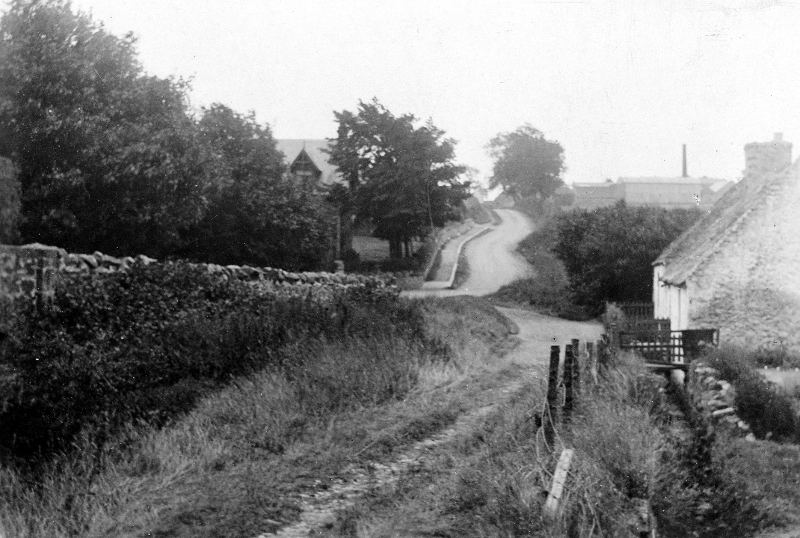| By Parish, from the General Registrar’s office | By locality – census – ie Pencaitland village itself | |||||
|---|---|---|---|---|---|---|
| 1931 | 1398 | 727M | 671F | |||
| 1951 | 1413 | 742M | 671F | |||
| 1961 | 1620 | 819M | 801F | |||
| 1971 | 1542 | 767M | 775F | 828 | 407M | 421F |
| 1981 | 1906 | 934M | 972F | 978 | 474M | 504F |
| By Small Area Statistics – census | ||||||
| 1991 | 2163 | 1074M | 1089F | 1244 | 608M | 636F |
| 2001 | 2467 | 1205M | 1262F | — | — | — |
| By parish, from ELDC | By settlement, from ELDC | |||||
|---|---|---|---|---|---|---|
| 1991 | 1969 | — | — | 1287 | ||
| 1997 (est.) | 2497 | 1230M | 1266F | 1697 | 89 New Winton | |
| 2001 | NO DATA | 1566 (ELC) | ||||
Population figures are difficult to compare, as no two sources extract data in the same way.
Regional statistics are produced on a decade basis. The base year for the second half-century census would have been 1941 but it could not be carried out due to the 1939-45 war, hence the inclusion of 1931.
Population Census by Decade
| Year | 1951 | 1961 | 1971 | 1981 | (1991) | 2001 |
|---|---|---|---|---|---|---|
| Population | 1413 | 1620 | 1542 | 1906 | 2163 | 2467 |
| Decade Change | 20 yrs +15 | + 207 | -78 | +364 | +257 | +304 |
| % rounded | +1% | +15% | -5% | +24% | +14% | +14% |
The increase of 207 between 1951 and 1961 can be mainly attributed to post-war private and council building in Wester Pencaitland; the council supported the expansion of Pencaitland to encourage people to the county (this was at the same time as the Glasgow overspill initiatives at Haddington and Dunbar). The high percentage increases in the 1981 and 1991 figures reflect the substantial amount of new houses built on land acquired by a developer from the Winton Estate, in Easter Pencaitland (Tindall, F.P. pp149-151).
In January 1985, the district council announced that they had reluctantly agreed with the developers on a compromise plan to develop the Easter Pencaitland site in phases, with a mixture of council and private housing. The council would have to pay compensation up to £2.5 million if they refused to grant planning permission (East Lothian Courier, 10 January 1986). The failure to achieve Tindall’s planned designs was partly due to his promotion to a Lothian regional planning appointment and was a considerable disappointment to his colleagues.
There is no categorisation of employment and location that would help future planning but it is largely a commuter population.
There has been no wholesale emigration in the parish. There have, of course, been individual cases of people leaving the country and settling abroad (Australia and New Zealand for instance) and going to live in England, but no mass exodus.
Immigration to the parish is a different matter. Prisoners of war remained in the parish for some time (both Italian and German, but not in great numbers); displaced people from Europe settled in small numbers in the parish and some foreign troops, particularly Polish ex-soldiers, elected to stay in Britain, some of them settling in Pencaitland.
Liz Strachan and Jan Bundy interviewed Janet Bassett (b1934) on a wide range of topics –
After the war, five or six Polish soldiers stayed in the village. German POWs were invited to tea eventually. [There is] a bit of anti-English [feeling]. [There were] no coloured [people] except the Barnardo’s children. [There was] prejudice there, but it was not put to the test.
Janet Bassett

Glenkinchie, looking south, 1940s
Although it is unwise to compare figures drawn from different sources, it would seem that the result of large-scale new housing schemes in the east village is that the population of Pencaitland has doubled in the recent past.
The parish has three main centres of population – the combined villages of Easter and Wester Pencaitland, and the settlements of New Winton and Glenkinchie. The latest estimate (1997) of the population of New Winton was 89 and the Glenkinchie population, for which no settlement figure is available, was about the same. From East Lothian District Council’s Small Area Population Estimates, the largest increase in population is in Pencaitland itself with a population of 981 (1981) rising to 1287 in 1991. In spite of estimated increases to 1347 in 1994 and 1697 in 1997, the 2001 figure was less at 1566.